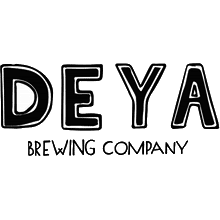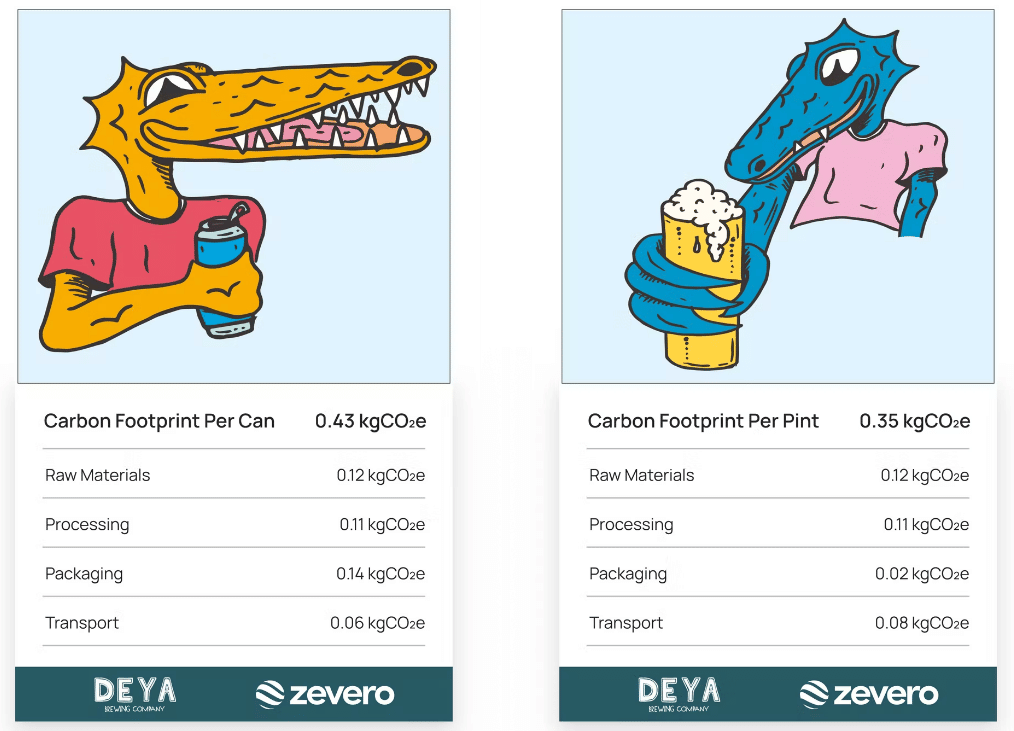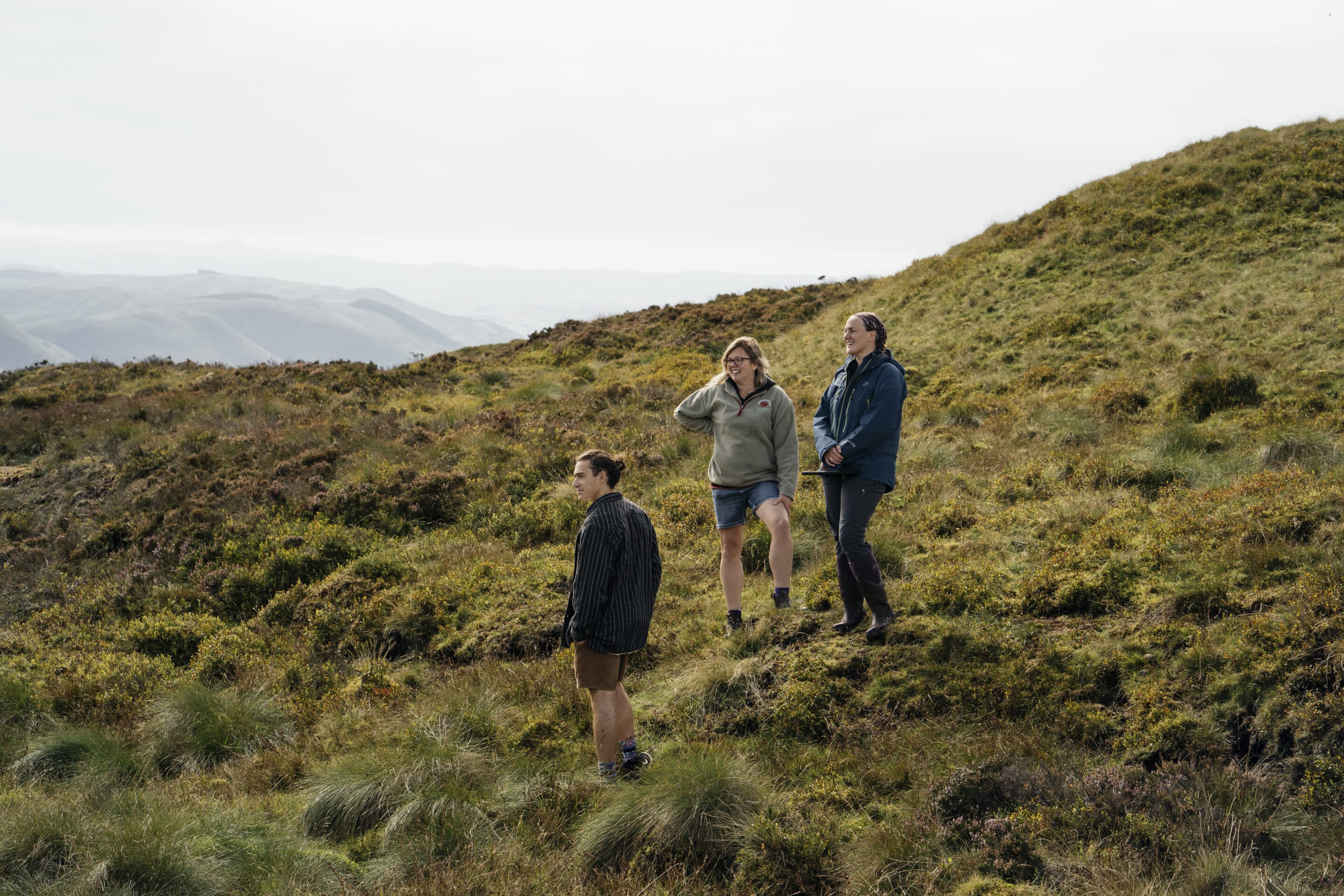Project Summary
The Bwlch Y Groes peatland project is the first project in Wales that has used a blend of public funding and carbon finance to restore degraded peatland. This was achieved via the IUCN UK Peatland Carbon Code. The site covers 66 hectares in Bwlch Y Groes, on the edge of Snowdonia National Park. The site has been owned by the Roberts family for several generations, who predominantly focus on beef and sheep farming.
Acknowledgements
With thanks for giving their time and insight to this case study:
Lisa Roberts, Farmer, Pennant Farm
Ben Woodliffe, Taproom Supervisor and Sustainability Lead, DEYA Brewing Co
Rachel Harvey, Peatland Officer, Snowdonia National Park Authority
Mapping potential buyers and buyer limitations
The Peatland Code allows for the carbon emission reduction benefits to be sold as ‘units’ to voluntary buyers who may use these to offset their own emissions.
The Peatland Code carries a small geographical restriction as to its potential buyer pool. Carbon units can technically be bought by any organisation in the world, as carbon emissions are regarded as having a non-localised impact on the environment (i.e., affecting the global atmosphere). However, the UK government has restricted the sale of voluntary carbon credits produced within the UK to companies with UK based operations, in order to support the government’s legally binding Net Zero Strategy.
Approaching Buyers
With no prior experience of voluntary carbon markets, the Roberts family were unsure as to how to approach buyers. They engaged a broker, Forest Carbon, one of the first Peatland Code brokers in the UK, as it had a track record and offered to lend a portion of the unit sales up front, with the balance paid once a buyer was found. This provided assurance to the Roberts against their uncertainty about market demand.
Forest Carbon distributed a brief overview of the Bwlch Y Groes project amongst its network of potential buyers, and received expressions of interest from four separate organisations. It hosted virtual meetings between them and the Roberts family over the course of a month in 2020. The Roberts Family accepted a final offer from DEYA Brewing Co, a brewery based in Cheltenham, England, for all 2,335 units.
Buyer considerations
DEYA Brewing Co (DEYA) first considered the use of carbon units when it modelled the carbon footprint of its operations and decided to use carbon offsets to mitigate the emissions it was unable to reduce.
Ben Woodliffe, Taproom Supervisor and Sustainability Lead, researched peatland restoration and pursued this idea for several reasons. “I really liked the fact that peatland restoration delivers more than one benefit that is relevant to our business. As a brewery, clean water is one of our major inputs, and peatlands have great water filtration properties,” says Woodliffe.
As part of his desktop research, Woodliffe contacted Forest Carbon to learn more about offsetting options. Forest Carbon advised them on elements of the project and the Peatland Code that addressed common concerns for buyers. These included the permanence of the emissions reductions, and avoidance of the units being ‘double-counted’ by separate buyers. DEYA was therefore comfortable with the concept of units under the Peatland Code when the company engaged with the Roberts.
Photo Credit: DEYA Brewing Co
On the project itself, Woodliffe comments: “The idea of purchasing from a single project that we could fully support was appealing. The carbon units will be realised over 35 years, but DEYA has long-term sustainability ambitions, which means this time horizon wasn’t so much of a challenge to us. We want to genuinely offset and not rely on short-term fixes.”
Assessing the buyer
The Roberts family approved of DEYA’s long-term approach to sustainability and also its existing efforts to limit the carbon and environmental impacts of its business model. “It was important for us to sell carbon credits to a company that is trying to do things sustainably anyway, instead of the offsets being a standalone activity,” says Lisa Roberts.
Taken from DEYA Brewing Co’s carbon footprint assessment, via its website
Price setting
Roberts stresses the importance for project developers to be clear on their minimum price, and to have a rationale for how much to sell and by when: “We were early movers in this space and we didn’t have too many units to offer, so we were keen to sell as many as we could to mitigate the price risk.”
The minimum price needed for the Bwlch Y Groes project was clarified by the financial additionality calculator that the Peatland Code requires as part of the project’s design. Financial additionality means that the project would not be financially viable without the payments from the unit sales, and therefore that these payments are enabling ‘additional’ environmental outcomes that otherwise would not have been achieved. To meet the Peatland Code’s financial additionality test, the carbon financing element must be a minimum of 15% of the entire funding stack for any project.
Using the calculator, the team mapped the lifetime costs of the project against its public funding sources, such as any remedial action in the two years after restoration. This identified the funding shortfall of the project to be met by carbon financing. Knowing the shortfall, the 15% financial additionality requirement, and the number of units it had to sell, the team established a minimum unit price that it needed. The Roberts family then set a unit price in discussions with DEYA.
On the buyer side, Woodliffe says that the quoted unit price seemed reasonable, comparing this to another offsetting scheme offered through one of DEYA’s suppliers. Woodliffe further comments that Forest Carbon and the Peatland Code restrictions provided enough assurance to DEYA on the robustness of the units. This included the guidance on how to phrase DEYA claims publicly (see below): “The last thing we would want to do is greenwash our activity, if even unintentionally.”
Buyer claims
DEYA now advertises its carbon purchase from the Bwlch Y Groes restoration on its website, using photos that the project team provided. Woodliffe says that the purchase has received praise from its customers and on social media.
DEYA is careful not to make ‘Net Zero’ claims on its operations, as Peatland Code Units are not permitted under the definition of ‘Net Zero’ held by the Science Based Targets Initiative (SBTi). Peatland Code Units are permitted under the definition of ‘Carbon Neutrality’, held by PAS2060.
What’s next
Going forward, Woodliffe says DEYA would consider another peatland project in relation to mitigating their carbon footprint.
Woodliffe and DEYA’s Social Media & Marketing Manager, Nicci, were able to visit the site in September 2022 to have an in-depth tour of the peatland by Rachel and Lisa. “We learnt a lot more about the site and peatland specifically, including the challenges the land faces. It was also great to get a feel in person of the size and vastness of the area, and obtain a better understanding of the scale of work required to restore the land,” comments Woodliffe.
Photo Credit: DEYA Brewing Co
Pennant Farm has more peatland that is eligible through the Peatland Code, which Roberts says they may use again. “We’ve learned a lot since selling. The government and the market will focus more on farmers’ ability to decarbonise and manage land sustainably. We would be happy to use the Peatland Code process to prove that our restoration plans are credible but may need to retain units for our own offsetting. If we decide to sell units, we would like to keep our units within Wales and ideally within the agriculture industry,” comments Roberts.




